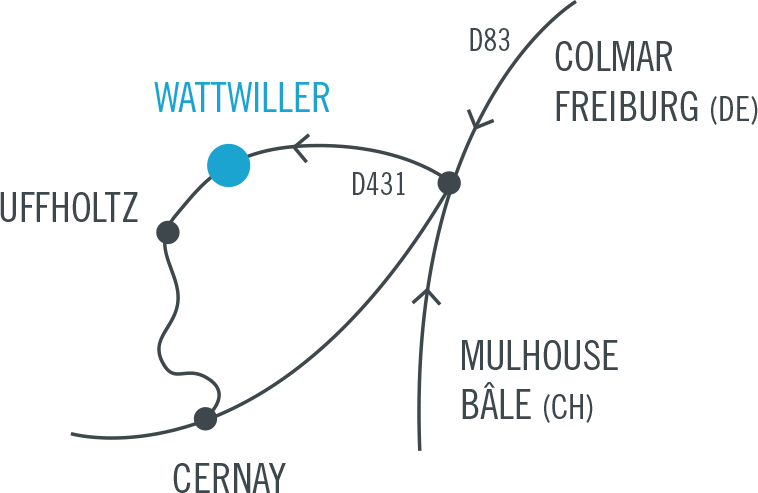Born in 1991, in France.
Graduated from the Staatliche Akademie der Bildenden Künste | The State School of Arts of Karlsruhe, Germany.
Jules Andrieu is an artist and an athlete who spent a long time deciding which path to take. With a hint of irony, he wrote in one of his study pieces: “Having a professional career in athletics instead of art? What would be the point in that? It’s like art: I wouldn’t earn much, and I would be even less cultured…!” And so
he chose art, although sport still occupies an important place in his work, where the body is both the tool which he uses to create the art and also an integral part of the work itself.
After three years at the École Supérieure d’Art in Aix-en-Provence where he gained his National Diploma in Plastic Expression (2013), Jules Andrieu spent a year in Nancy studying for a degree in architecture before moving to the École d’État des arts de Karlsruhe in Germany, specialising in sculpture.
Density, tension, compression and suspension are the watchwords of Jules Andrieu’s work, and have been ever since he started out. His inspiration comes from quantum physics and art, as well as metaphysical questions on the place of the artist in today’s society and self-awareness.
In his series Tensions Primaires, Poésies-Densités which began in autumn 2015, Jules Andrieu works with natural stones in order to feel at first hand the condition and history of the material, where it has been damaged and repaired, and to gain an understanding of the language and forms of density itself.
In 2016, he most notably took part in the exhibition Grenzen überschreiten / Au-delà des frontières at the Kunstverein e.V. in Ladenbourg (Germany) and in the 19th edition of the Parc des Sculptures in the town of Mörfelden-Walldorf (Germany). During the same year, he was also a finalist in the sculpture category at the 10th edition of the Arte Laguna Prize in Venice (Italy) for his work Primäre Spannungen, (Ge)Dichte II, composed of a block of granite with three clamps exerting a tremendous force on it, which the stone is able to absorb thanks to its own density.
